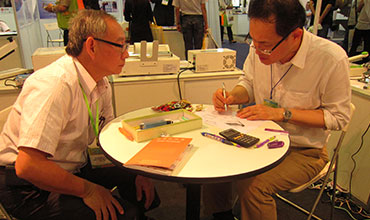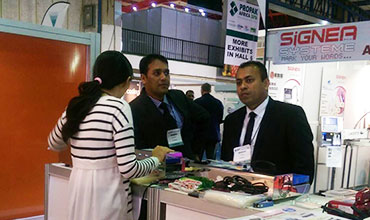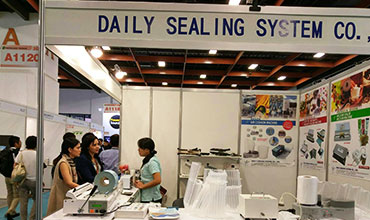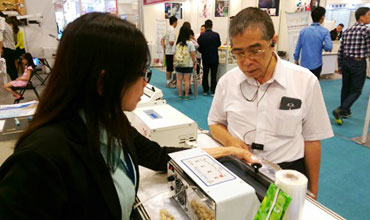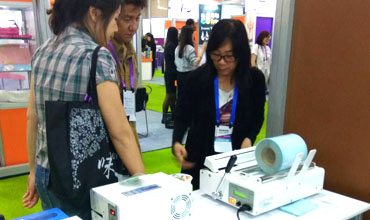Can put 7 knives.
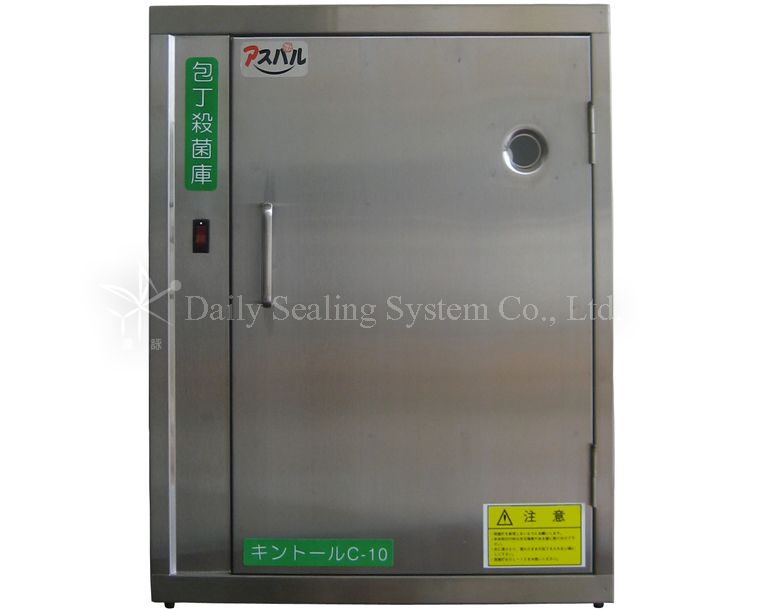
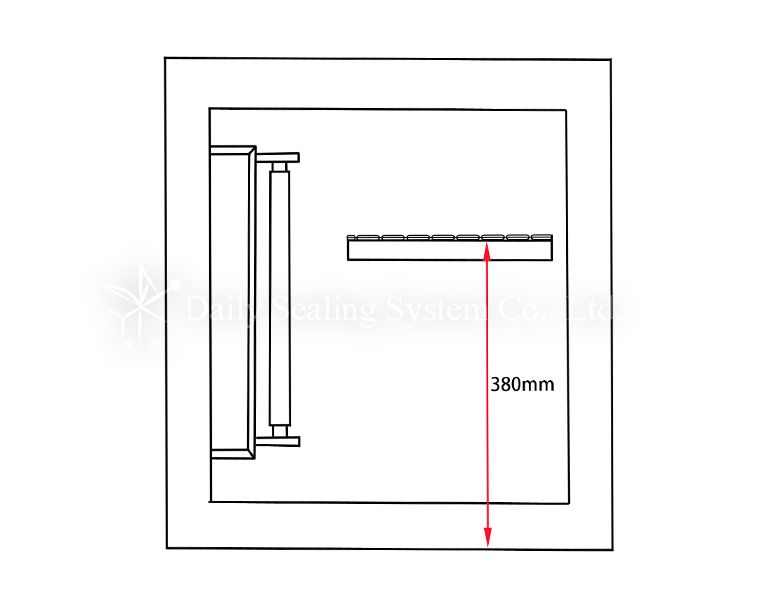
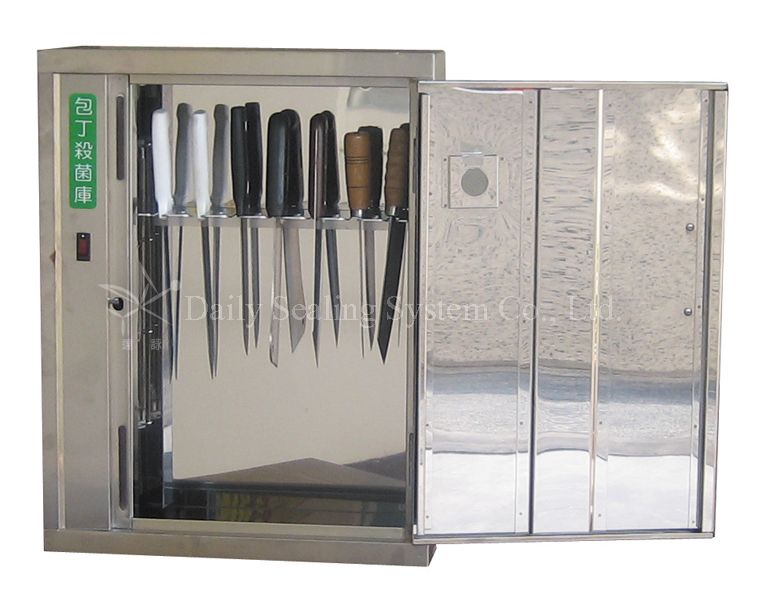
- Detail
Ultraviolet Lamp Cabinet for Knives:
• Material: rust-proof body of stainless steel.
• Use the powerful Ultraviolet Rays to kill all of the bacteria, such as dysentery germs, typhus, bacillus coil, staphylococcus... etc, keeps sanitary and security.
• UV glass-while check UV light, no hurt to your eyes.
• Space saving: can be hung on the wall
• Options:
(1) Offering double shelf: available for longer knives. (Model: DS-C10A)
(2) Offering twin door: available for 14 knives ((Model: DS-C15)
Specification
| Model No. | DS-C10 |
|---|---|
| Voltage/Ampere | 110V, 220V |
| Power | 10W |
| Machine weight | 10.00 kgs |
| Machine size | 450 x 130 x 580 mm |
| Quantity of knives | 7 pcs |
| Length of knives | Max: 385mm |
You May Also Like
Why Choosing Dailysealing
Parts and material quality control
- Heating elements are from Japan.
- Motor, Transformers, PCB and vacuum bags are made in Taiwan.
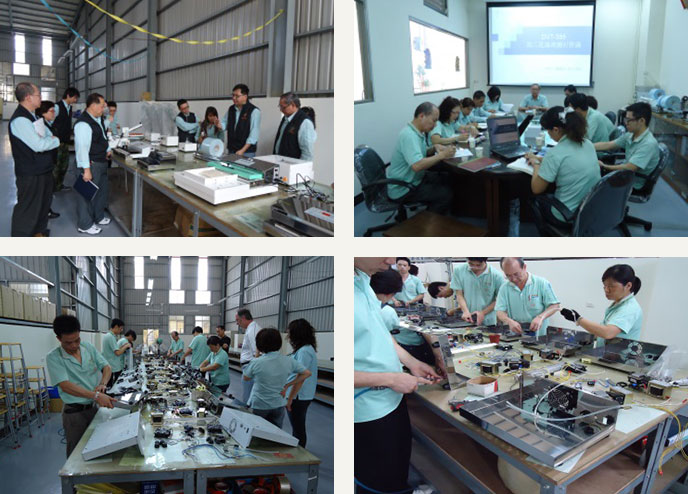
Strict quality control
- 100% product inspection: The inspection is included functions and appearance of sealing machines.
- Tensile strength test to ensure the sealing line tensile strength value reaches the customer standard.
- Electric leakage test: Puncture and insulation test.
- Our production and inspection are all based on ISO 9001.
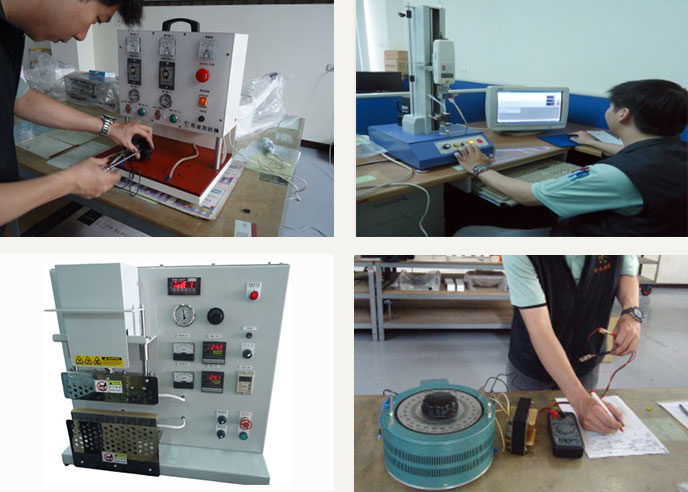
Professional packaging and sealing machine factory
- Produce many kinds sealing machines and ODM/OEM products and provide custom-made services.
- More than 30 year experiences in packaging machines industry.
- Sell sealing machines to America, Europe, Latin America and Asia.
- 85% products in stocks, so we can deliver the products quickly.
- The production process is based on SOP to ensure the quality of sealing machines consistently.
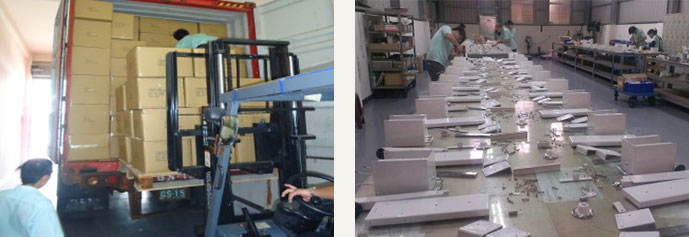
Complete range of specifications of sealing machines
- Complete range of specifications of sealing machines.
- Many kinds of sealing machines and consumptive materials in stocks, so customers can do one-stop shopping here.
- The customers include Biotechnology companies, Medical equipment companies, Food industry, Electronics industry, Handmade soap industry and other industry..
Custom-made sealing machine service
- Custom-made sealing machine service
- Designs of the special sealing machine for irregular shape sealing line, such as U-shape sealing line and L-shape sealing line.
- Different width of sealing line could be custom-made to meet customer requirements.
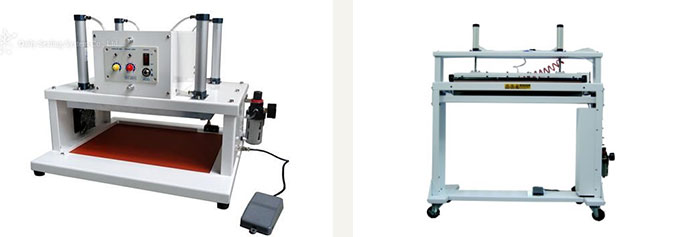
After-sales service of professional sealing machine
- Provide the professional service for repair the broken sealing machine immediately.
- The sufficient supply of parts stock, so don’t worry about the parts replace.
- Some parts of sealing machine are used in common specifications, so it is easy to get the parts for replace.
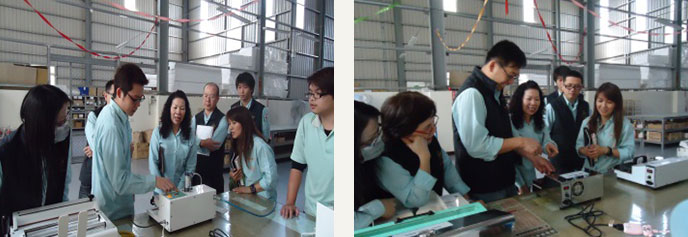
Exhibitions and trade shows
News
.png)
2024/6/21
FAQs (Frequently Asked Questions) about vacuum packaging
FAQs (Frequently Asked Questions) about vacuum packaging Vacuum packaging is currently a trend, and recently, many users have purchased vacuum sealers or vacuum bags, generating a lot of questions. Here are answers to the most commonly asked questions:
1. Which vacuum sealer is suitable for me? A: There are many vacuum sealers on the market, and it is not easy to choose a suitable vacuum sealer. I have previously written about "How to Choose a Vacuum Sealer". Those with questions can refer to it for
getting more information. "How to choose a vacuum sealing machine", please check the following website address. *Nozzle type vacuum sealer: https://www.dailysealing.com/news_detail.aspx?seq=1116 *Non-nozzle type vacuum sealer: https://www.dailysealing.com/news_detail.aspx?seq=1115
*Chamber vacuum sealer: https://www.dailysealing.com/news_detail.aspx?seq=1114 2. Why can't I use PE bags for vacuum packaging? A: Due to the density of the bag material. Even after air is removed and sealed, air can still seep back into the bag. Therefore,
after packaging, if left alone for a period of time, the vacuum effect will be lost. 3. What type of bag material is suitable for vacuum packaging? A: The most common vacuum bag materials are nylon (NY) bags and aluminum foil bags. Both of these materials
can prevent air from seeping back into the bag and maintain a vacuum state inside the bag. 4. Why can't I maintain a vacuum effect even after using vacuum bags? A: If you have confirmed that you are using vacuum bags, you can first check if the seal
is defective. Some vacuum bags are too thick and require a longer sealing time, such as foldable bags (tea bags), which have four layers. If the seal is confirmed to be perfect, check if there are any holes in the vacuum bag. When vacuuming, the bag will adhere
closely to the contents. If the contents have sharp edges, it is possible to puncture the bag and lose the vacuum effect. 5. Many users who have bought vacuum sealers or vacuum bags are confused when they find that they can't remove the air from flat
vacuum bags. What should they do? A: This is because they have purchased a vacuum sealer without a nozzle. The non-nozzle type vacuum sealers have to use the special vacuum bags (channel bags, embossed bags and gusset bags) to remove air, so if users use flat
vacuum bags, they will find the vacuum sealer and vacuum bag can't work. 6. If someone accidentally purchases a non-nozzle vacuum sealer (such as FOODSAVER), what types of vacuum bags can they use? A: The following types of vacuum bags can be used:
(1) Vacuum sealer embossed bags (vacuum channel sealer bags): vacuum bags with straight stripes. (2) Fold-over bags: such as tea bags with two sides folded in to become a four-layer bag. (3) Back-sealed bags: vacuum bags with one side flat and the
other side with an additional spine. Remember to choose aluminum foil bags and nylon bags as the material for vacuum bags. 7. What is the difference between a vacuum flat bag and a vacuum striped channel sealer bag? A: A vacuum flat bag is like a regular
plastic bag with both sides being flat are smooth, but the material of a vacuum flat bag is made of nylon (NY) or aluminum foil. A vacuum channel sealer bag has one flat smooth side and the other side has straight stripes. 8. Why can a vacuum channel
sealer bag be used with a Non-nozzle vacuum sealer? A: The key is in the straight stripes of the vacuum channel bag. The structure of a Non-nozzle vacuum sealer requires a straight stripe to create a channel for the air inside the bag to be removed. If the
stripes are too shallow, it may still be unable to vacuum out the air.
MORE
.jpg)
2024/8/15
Vacuum Sealer Buying Guide
**Why Do You Need a Vacuum Sealer?** A vacuum sealer can extend the shelf life of food, prevent oxidation and bacterial growth, avoid freezer burn, and save storage space. Vacuum sealers are also ideal for making DIY cooking packs, convenient for outdoor
activities. **Key Points for Buying Home vs. Commercial Vacuum Sealers** 1. **Home Vacuum Sealers:** Suitable for smaller-scale food preservation and meal preparation, focusing on ease of use and compactness of the device. Home models typically have
basic vacuum and sealing functions, ideal for everyday household use. 2. **Commercial Vacuum Sealers:** Designed for large-scale food processing and continuous operation over long periods. Commercial models offer higher vacuum strength and sealing efficiency,
with greater durability and reliability, making them suitable for restaurants, food processing plants, and other commercial purposes. **Vacuum Sealer Buying Guide - Voltage and Current Specifications** - **Voltage:** Choose a vacuum sealer with a voltage
specification that matches the power supply in your area (e.g., 110V or 220V). - **Current:** Verify the power and current requirements of the vacuum sealer to ensure your electrical system can support the operation of the device. **Vacuum Sealer Buying
Guide - Maintenance and Care** - **Regular Checks:** Periodically inspect the vacuum sealer's sealing strip, vacuum pump, and other wear-prone parts. - **Cleaning and Maintenance:** Follow the manufacturer's instructions for cleaning and maintenance to extend
the lifespan of your vacuum sealer. - **Professional Repairs:** For any technical issues, it's recommended to contact a professional vacuum sealer repair service, especially for high-end commercial models. **Vacuum Sealer Buying Guide - Consumables and Vacuum
Seal Bags Selection** - **Bag Material:** Choose the right material for your vacuum sealer bags, such as PE (Polyethylene) or PET (Polyethylene Terephthalate). - **Bag Size and Type:** Select the appropriate bag size and type based on the size and type of
items you are packaging, such as flat bags, stand-up bags, etc. - **Bag Quality:** Using high-quality vacuum seal bags can ensure better preservation effects and avoid issues during the sealing process. Vacuum Sealer Buying Guide
MORE
.jpg)
2022/12/15
Vacuum Sealer
Vacuum Pack can keep fresh and preserve longer, moisture-proof and volume reduction. Daily has many kinds of vacuum sealer could be chosen. The following is the introduction of Daily vacuum sealer for your reference. ※ Vacuum sealer type: - Non-nozzle
vacuum sealer : suitable for vacuum channeled bags, nylon gusset bags and alum. gusset bags. The length of vacuum bags is not limit. - Nozzle Vacuum Sealer : suitable for vacuum bags. The length of vacuum bags is not limit. There are two type of Daily nozzle
vacuum sealer: motor control and air control. - Chamber type vacuum sealer : suitable for all kind vacuum bags. The vacuum degree of vacuum sealers is the highest. The size of vacuum bags is limited of the vacuum chamber. This vacuum sealer is suitable for
vacuuming liquid and powder. - Vacuum band sealer : there are two type vacuum band sealer could be chosen because of vacuum degree. ※ Two type Vacuum pump: - Oil-less vacuum pump : Suitable for Vacuuming dry and solid articles, such as tea leaves, rice,
beans and electronic component etc. - Oil vacuum pump : suitable for liquid and powder articles. The vacuum degree is higher than oil-less vacuum pump. It needs to change and add the vacuum oil inside the vacuum pump when the vacuum oil is dirty. ※ Vacuum
sealer application: - For food : Keep food fresh. - For other articles : Moisture-proof, anti-mildew, dust-proof, anti-rust. For example: electronic parts. - Volume reduction : fluffy articles such as bed quilt can be reduced the volume and then easy to ship
or storage. ※ Vacuum sealer accessories : - Channel Vacuum Bag : Suitable for non-nozzle vacuum sealer. There are the straight lines on Daily channel vacuum bag. - Vacuum sealer bag : Suitable for nozzle type vacuum sealer and chamber type vacuum sealer.
- Vacuum canister : Daily vacuum canister can be vacuumed by manual or used by non-nozzle vacuum sealer. - Acrylic mold : When vacuuming, it can help the article to make the square shape, such as tea and rice. -Parts-Heating Element, Teflon tape. More details: Click
here
MORE
(10).jpg)
(5).jpg)
